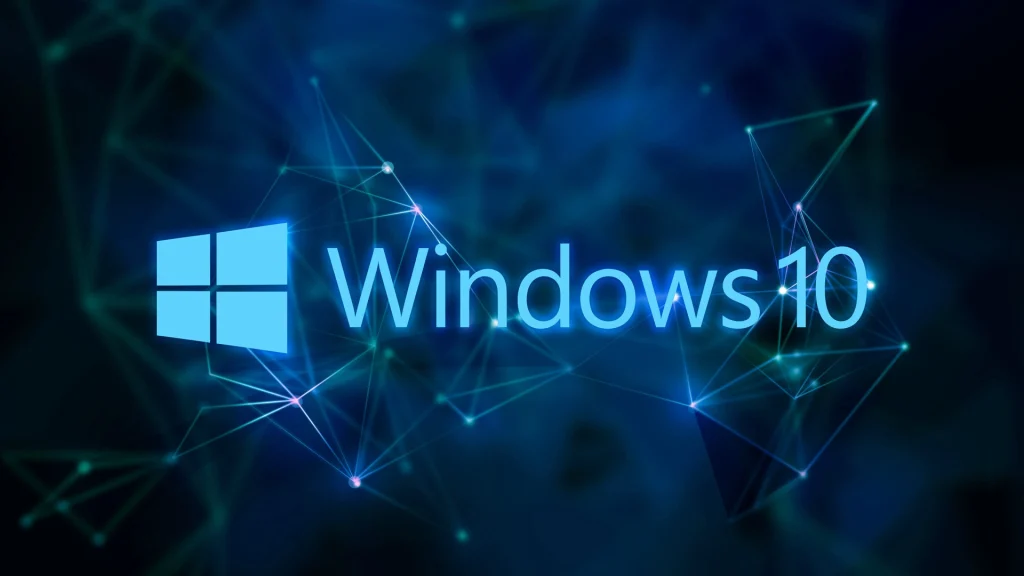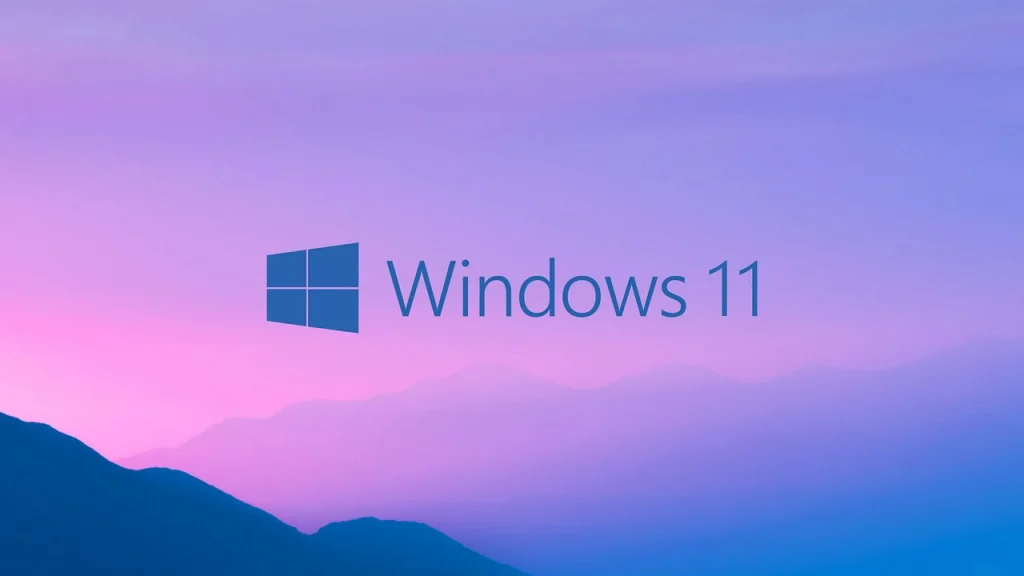Microsoft has officially announced that Windows 10 will reach the end of support on October 14, 2025. This means that the operating system will no longer receive security updates, bug fixes, or technical support from Microsoft after this date. While Windows 10 will still be functional, the lack of updates presents several risks. This blog explores the end of support, potential risks, and how users can prepare for the transition.
What Happens After Windows 10 Support Ends?
One of the most common concerns users have is whether Windows 10 will immediately stop working. The answer is no. Microsoft is not disabling the operating system, and you can continue using it as long as you wish. However, there will be no further security updates, leaving your system vulnerable to threats.
Windows 10 Will Remain Functional, but Less Secure
Even though Windows 10 won’t become unusable overnight, the absence of updates will gradually make it more susceptible to cyber threats. Security patches play a crucial role in closing vulnerabilities that hackers exploit. Without these patches, any newly discovered security flaws could be used to infiltrate computers running Windows 10.
Cyberattacks have been increasing in recent years, affecting both individuals and businesses. While Windows 10’s built-in security features, such as malware protection and firewalls, will continue to work, they will not be updated to counter new threats. This means that as time goes on, Windows 10 will become increasingly unsafe for everyday use, particularly for tasks such as online banking or handling sensitive data.

The Real Risks of Using Windows 10 After 2025
Increased Cybersecurity Threats
Hackers continuously develop new malware, ransomware, and phishing techniques to exploit outdated software. With over 60% of Windows users still on Windows 10, cybercriminals are expected to focus heavily on finding and exploiting security gaps in the system.
No More Software Updates from Third-Party Developers
Microsoft’s end of support doesn’t just affect Windows 10 itself. Over time, software developers will stop releasing updates for applications running on Windows 10. This means:
- Web browsers like Chrome and Firefox may no longer support Windows 10.
- Antivirus software may not function properly.
- Business applications and productivity tools could stop receiving security updates.
This could make certain programs unstable, slow, or even unusable, pushing users to upgrade sooner rather than later.
Risk of Data Breaches and Loss
Without security updates, users who continue using Windows 10 could be at higher risk of data breaches. If a hacker gains access to an unprotected computer, they could steal personal information, banking details, or sensitive business data.
Additionally, if malware infiltrates a Windows 10 machine on a shared network, it can spread to other connected devices, compromising entire home or business networks.
Limited Compatibility with New Hardware and Software
As time passes, new hardware components—such as graphics cards, processors, and motherboards—will no longer be designed to work with Windows 10. Many of the latest applications and games will also be optimized for Windows 11 and newer operating systems, leading to compatibility issues.
How to Stay Safe After Windows 10 End of Support
If you plan to continue using Windows 10 after October 2025, there are ways to mitigate risks:
Upgrade to Windows 11
The simplest and most effective solution is to upgrade to Windows 11. Microsoft is still offering free upgrades to eligible Windows 10 users, making this a cost-effective way to ensure ongoing security updates and new features.
Before upgrading, check that your hardware meets the requirements for Windows 11. If your device doesn’t support Windows 11, you may need to consider purchasing a new PC.
Do You Know
If you want to know about Microsoft policy for the upgrades of Windows 10, 8.1, and 7, click here to know some interesting facts.
Consider the Extended Security Updates (ESU) Program
Microsoft offers an Extended Security Updates (ESU) program that provides security updates for Windows 10 beyond October 2025. However, this service is paid:
- $60 for the first year (2025-2026)
- The price increases in subsequent years, available up to October 2028
This option is ideal for businesses and organizations that need extra time to transition to a new operating system.
Use Third-Party Security Solutions
If upgrading is not an immediate option, using a third-party security solution such as 0Patch can help. This software provides micro-patches for security vulnerabilities in Windows 10 until 2030.
0Patch operates differently from Microsoft updates—it loads security patches into your computer’s RAM rather than updating system files. The basic version is free, while the paid version costs around $25 per year.
Switch to an Alternative Operating System
If you don’t want to upgrade to Windows 11, you might consider switching to a Linux-based operating system such as:
- Ubuntu
- Linux Mint
- Zorin OS (designed for Windows users)
Linux distributions are free, secure, and offer long-term support, making them excellent alternatives for users who don’t want to invest in a new PC.
Strengthen Your Cybersecurity Measures
If you must continue using Windows 10, consider taking additional security precautions:
- Install a reliable antivirus program with real-time protection.
- Use a strong firewall and avoid visiting untrusted websites.
- Keep your software updated (as long as updates are available).
- Regularly back up important files to an external hard drive or cloud storage.
- Avoid using Windows 10 for sensitive activities such as online banking.

Final Thoughts Don’t Wait Until the Last Minute
The end of Windows 10 support marks a significant shift in the computing world. While the system will still function after October 14, 2025, the increasing security risks make it clear that upgrading or switching to an alternative OS is the best option.
If your PC supports Windows 11, upgrading is the safest and easiest solution. For those who can’t upgrade, Microsoft’s ESU program, 0Patch, or switching to Linux are potential alternatives.
The key takeaway? Start planning your transition now rather than waiting until the last minute. Taking action early ensures that your data, devices, and online activities remain safe and secure in the years to come.
For Your Information
- How virtual reality (VR) is transforming education and learning in 2025? Click here and know some interesting facts.
- How to protect your Data online from any criminal activity or cyber attack read here and know some interesting facts.
FAQs
- When does Windows 10 support officially end?
Microsoft will release the last update on October 14, 2025, after which Windows 10 will no longer receive updates. - Can I continue using Windows 10 after support ends?
Yes, but without security updates, your system will become vulnerable to cyber threats. - What are the risks of using Windows 10 after support ends?
Increased security risks, potential software incompatibility, and lack of technical support. - What are my options after Windows 10 support ends?
Upgrade to Windows 11, enroll in Microsoft’s Extended Security Updates (ESU), or switch to an alternative OS like Linux. - Will my software and apps still work on Windows 10?
Initially, yes, but over time, third-party software developers may stop supporting Windows 10, leading to compatibility issues.

